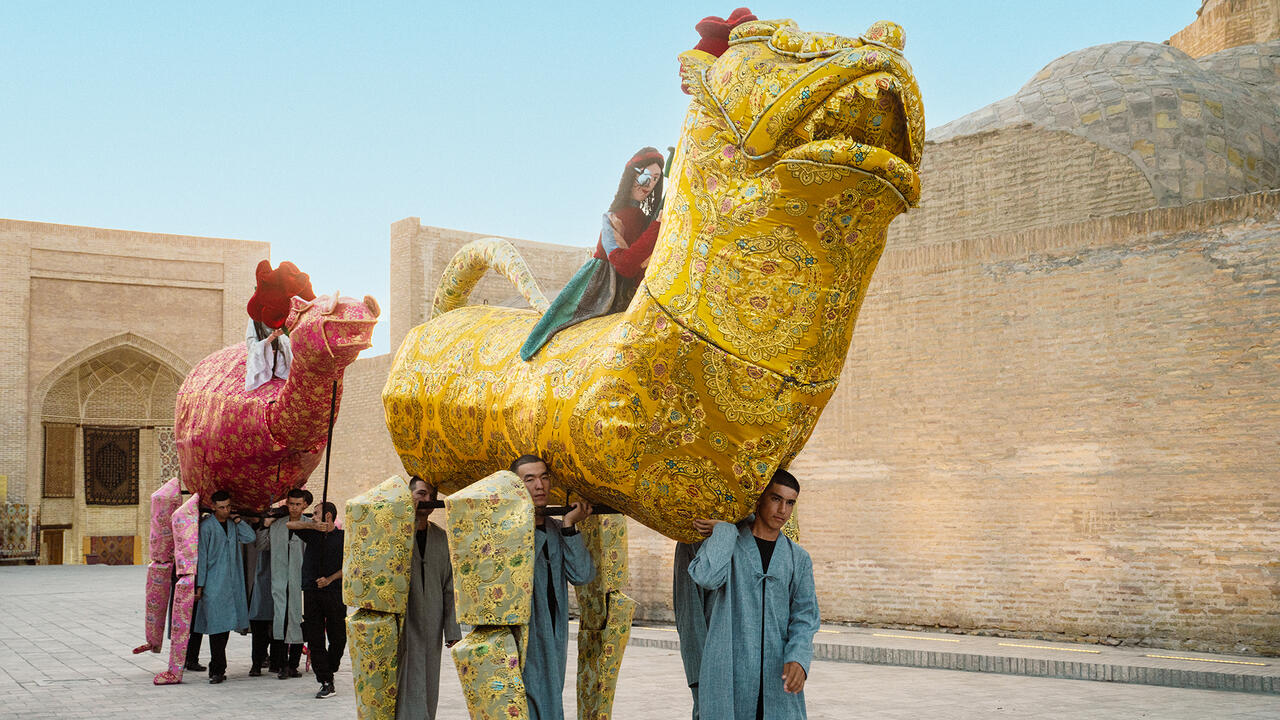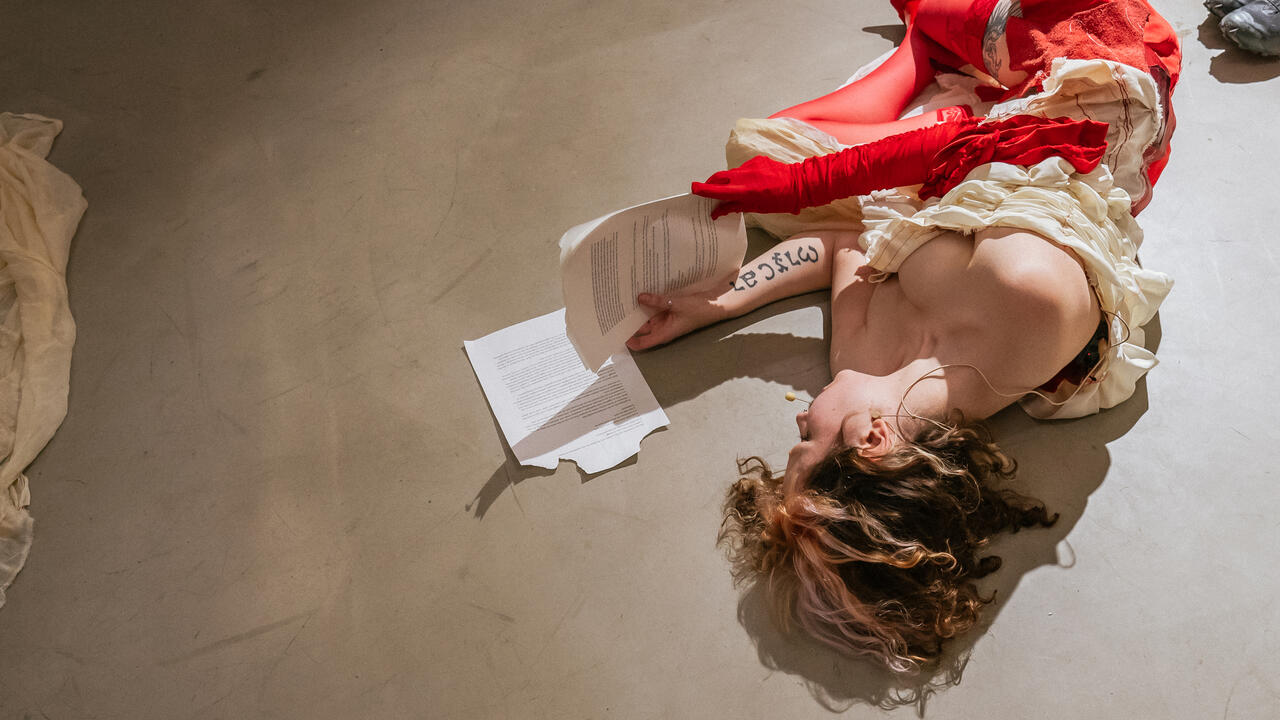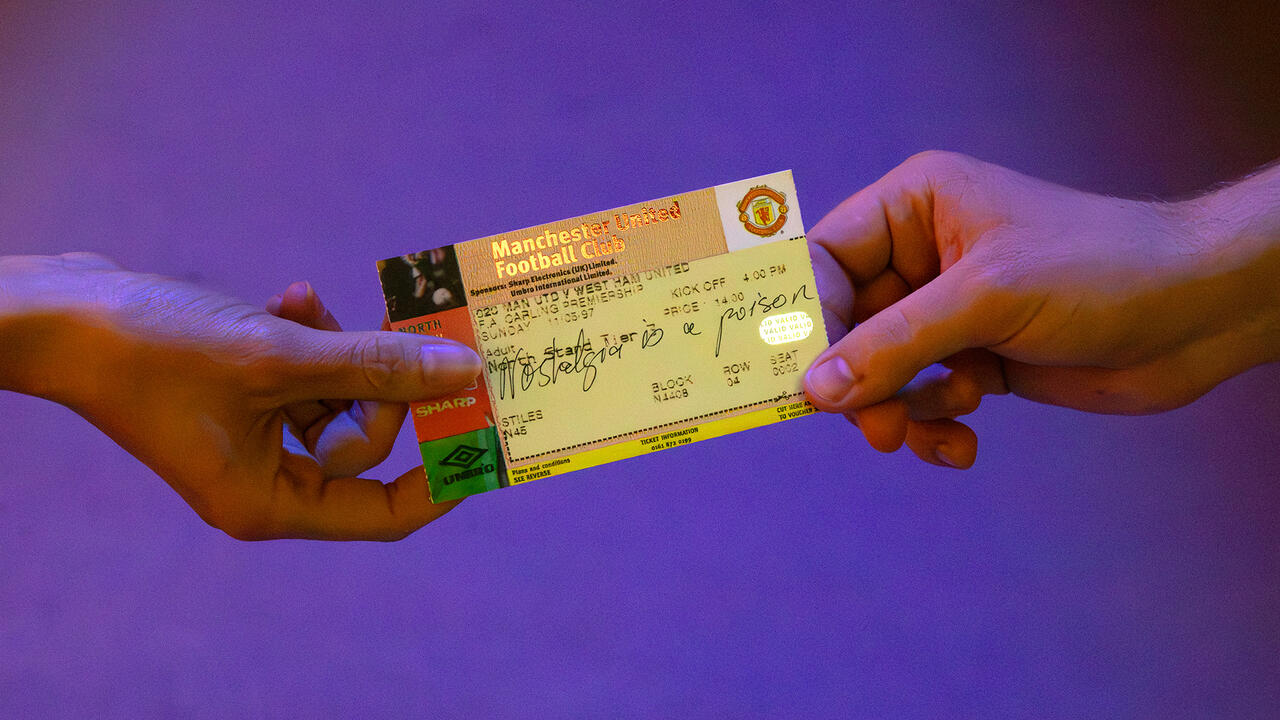The Art World is Overwhelmingly Liberal But Still Overwhelmingly Middle Class and White – Why?
Is the lack of social mobility in the arts due to a self-congratulatory conviction that the sector represents the solution rather than the problem?
Is the lack of social mobility in the arts due to a self-congratulatory conviction that the sector represents the solution rather than the problem?

The most blistering take-away from the ‘Panic! It’s an Arts Emergency’ conference at Barbican last Wednesday (27 June) was that lack of social mobility in the arts is due, in part, to a pervasive self-congratulatory conviction amongst many in the sector that they represent the solution rather than the problem. Nice white middle class lefty liberal arts ladies: open your eyes. That’s you (and me) we’re talking about here.
This situation was set out rather neatly in an exchange between Sara Wajid – founder of the Museum Detox network of black, Asian and minority ethnic (BAME) museum workers – and author Reni Eddo-Lodge:
Wajid: People in the arts are outliers in two ways – they go to the arts much more than anyone else and they’re much more liberal and on the left. Understanding of structural inequalities should be a part of that – we’re left with this terrible handwringing going on in a sector that’s incredibly liberal and incredibly elitist
Eddo-Lodge: I suppose it’s full of people that think they’re doing good. So if they think they’re doing good they can’t be doing wrong.

Staged in response to a report published in April, Panic! Social Class, Tastes and Inequalities in the Creative Industries – itself building on the 2015 study Panic! What happened to social mobility in the arts? – the conference was short on solutions, but unflinching in its analysis of the current cultural ecosystem.
The report, the result of a partnership between Edinburgh College of Art, the University of Sheffield, and Create, London, is divided roughly into sectors, offering glimpses of the social composition of Britain’s creative industries. Museums and galleries, as repositories of things, were lumped in with libraries; photography, as a record of information, shared a category with film, TV and radio, rather than visual art, music and performing. ‘Publishing’ seemed to mean books and may or may not have included print media and journalism in general.
Visual arts spaces (museums, galleries and libraries) are unusual in the high percentage of women they employ – 64.8 percent – but they are the lowest of all sectors in the study in their inclusion of BAME workers (2.7 percent). 20.8 percent of those employed in this category come from working class (NS-SEC 6-8) backgrounds.

Home truths came in examining where and how the arts impeded access. ‘I was particularly interested in questions of meritocracy,’ explained Dr Mark Taylor, one of the authors of the report. Asking people what they thought was important to get ahead in their business, he and fellow researchers weighed meritocracy (success based on hard work and talent) against social reproduction (‘people recruiting people who look like themselves or people getting jobs like their parents.’)
In general the respondents interviewed erred in terms of meritocracy rather than social factors. ‘People in the most senior positions were most committed to this view,’ explained Taylor. In other words, the belief that success is the result of talent and hard work rather than privilege is most firmly held in that tranche overwhelmingly dominated by well-paid older white men. ‘It’s difficult to see how these things might change if the people in senior positions think this it’s ok.’

Social reproduction is only one impediment to social mobility within the creative industries.
Arts people overwhelmingly hang out with other arts people and are, by a long chalk, more likely to attend cultural events of all kinds than the rest of the population. Hardly crimes, of course, but the knock on effect is a kind of double-faced circle-jerk (Möbius strip-jerk?): a tight network that extends across both the social and professional spheres, and which reinforces its own tastes and prejudices in programming. (How little these tastes and prejudices reflect those of the wider population is revealed in a pair of tables showing the creative industries at the extreme left in their political and liberal perspectives. Way to the left even of the education sector, and at the opposite end of the scale from those working in agriculture.)
Also entrenched, and prohibitive, is reliance on unpaid labour. Artists Janie Nicoll and Ailie Rutherford’s In Kind project took this year’s Glasgow International Festival (GI) as a case study, inviting participants to log their hours of unpaid work and out of pocket costs. The total sum of work given ‘in kind’ to the festival came to about GBP£1.6 million – close to the total GI was estimated to bring in to the local economy. While the issue of unpaid internships has been well publicised in recent years (and, in many places, addressed), rolling unpaid work is endemic in the creative industry as a whole.

It is, however, easy to talk, and even easier for such talk to stay confined to designated platforms like this conference or even social media forums: ‘I’m concerned it doesn’t become a genre in itself,’ noted academic Dr Clive James Nwonka. ‘There is a diversity industry now.’ His collocutor, curator Teresa Cisneros advocated straight talking: ‘There’s a real fear of calling people out while sitting with them: it’s easy to do on social media … I go into institutions and say “this is going to be uncomfortable for you and not for me.”’
Conference co-organizers Arts Emergency – who help young people access the abovementioned creative network through mentorship schemes – were rare solution-givers amid those identifying where things were going wrong. Perhaps brutal honesty is a necessary first step.
Main image: Attendees at the ‘Panic! It's an Arts Emergency’ conference at the Barbican, London, 27 July, 2018. Courtesy: The Barbican, London























